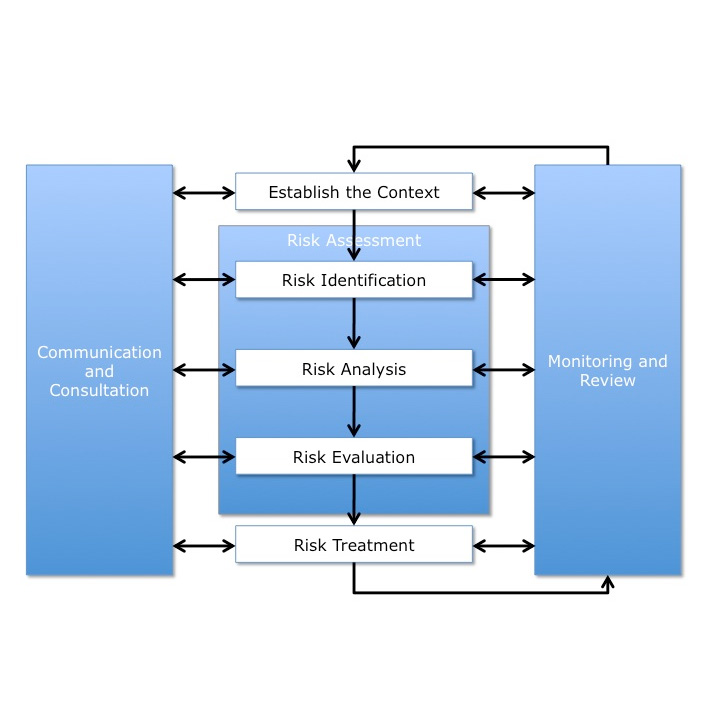“We shape our buildings; thereafter they shape us.”
— Winston Churchill
Debt by Design: How Capital Improvement Bonds Are Engineering Our Urban Landscapes
Urban landscapes across the nation are undergoing transformative changes, and behind much of this evolution lies a powerful financial tool: Capital Improvement Bonds. These bonds are not just instruments of debt; they are the blueprints of our cities’ futures, shaping everything from towering bridges to sprawling public parks. But how exactly are they engineering our urban environments, and what does this mean for the communities they serve?
The Backbone of Municipal Infrastructure Development
At the heart of any thriving city is robust Municipal Infrastructure Development. Roads, bridges, public safety facilities, and utilities form the backbone that supports economic growth and quality of life. Funding these large-scale projects, however, is a significant challenge for municipalities. This is where Capital Improvement Programs (CIP) come into play. Through CIP Bond Programs, cities can secure the necessary capital to embark on these critical projects without immediate strain on their budgets.
The Mechanism of CIP Bonds
Capital improvement bonds allow municipalities to borrow money for long-term projects, with the debt repaid over time, often spanning decades. There are primarily two types of bonds used:
- General Obligation Bonds: These are backed by the full faith and credit of the issuing municipality, relying on taxing power for repayment.
- Revenue Bonds: Repayment comes from the revenue generated by the specific project, such as tolls from a bridge or fees from a public utility.
Choosing between these depends on the project’s nature and the municipality’s debt capacity and financial health.
Strategic Planning and Community Needs Assessment
Effective use of capital improvement bonds requires meticulous Long-Term Strategic Planning. Municipalities must conduct thorough Community Needs Assessments to prioritize projects that will deliver the most significant benefits. This involves engaging with residents, businesses, and other stakeholders to understand the pressing needs and desires of the community.
Community Engagement: A Pillar of Success
Community Engagement is not just a buzzword; it’s a critical component of successful urban development. When residents are involved in the planning process, projects are more likely to reflect the community’s values and gain public support. This participation can also lead to innovative solutions that officials might overlook.
Project Management Frameworks and Execution
Once projects are identified and funding is secured, municipalities must employ robust Project Management Frameworks to ensure timely and cost-effective execution. This involves setting clear goals, timelines, and accountability measures. Effective project management mitigates risks and maximizes the economic and social impacts of the investment.
Economic and Social Impacts
Investing in infrastructure has a ripple effect on the economy. It creates jobs, stimulates local businesses, and can lead to increased property values. Socially, improved infrastructure enhances the quality of life, from reduced traffic congestion to better access to public services. However, these benefits must be balanced against the long-term obligation of debt repayment.
Sustainable Development and Infrastructure Sustainability
Modern urban planning increasingly emphasizes Sustainable Development. Projects funded by capital improvement bonds are now often evaluated on their environmental impact and sustainability. This means considering not just the immediate benefits but also how the project will perform over its lifecycle. Infrastructure Sustainability ensures that investments remain valuable and functional for future generations, aligning with broader environmental goals.
Public Safety Facilities: Investing in Security
A significant portion of capital improvement bonds often goes towards Public Safety Facilities. Upgrading police stations, fire departments, and emergency response infrastructure is crucial for maintaining public safety. These investments can lead to quicker response times and more efficient services, directly impacting the well-being of the community.
Balancing Debt and Development
While capital improvement bonds are powerful tools for development, they also represent a commitment to future debt repayment. Municipalities must carefully assess their Debt Capacity to avoid overextending themselves financially. This involves analyzing current debt levels, revenue projections, and economic conditions to ensure that they can meet their obligations without compromising other essential services.
Revenue Bonds vs. General Obligation Bonds: Making the Right Choice
The decision between issuing Revenue Bonds or General Obligation Bonds has significant implications. Revenue bonds, while not impacting taxpayers directly, can be riskier and carry higher interest rates due to their dependence on project-generated income. General obligation bonds might offer lower interest rates but increase the tax burden. Municipalities must weigh these factors based on their unique circumstances and the nature of the projects.
The Future of Urban Landscapes
As cities continue to grow and evolve, the role of capital improvement bonds in shaping urban landscapes becomes increasingly prominent. These financial instruments enable municipalities to dream big and turn ambitious plans into reality. From revitalizing downtown areas to expanding public transit systems, the possibilities are vast.
Conclusion
Debt by Design encapsulates the dual nature of capital improvement bonds—they are both a catalyst for progress and a commitment to long-term financial obligations. By leveraging these bonds wisely, municipalities can engineer urban landscapes that meet current needs while laying the foundation for future prosperity. The key lies in strategic planning, community engagement, sustainable practices, and prudent financial management. As we look to the future, capital improvement bonds will undoubtedly continue to play a pivotal role in crafting the cities of tomorrow.












